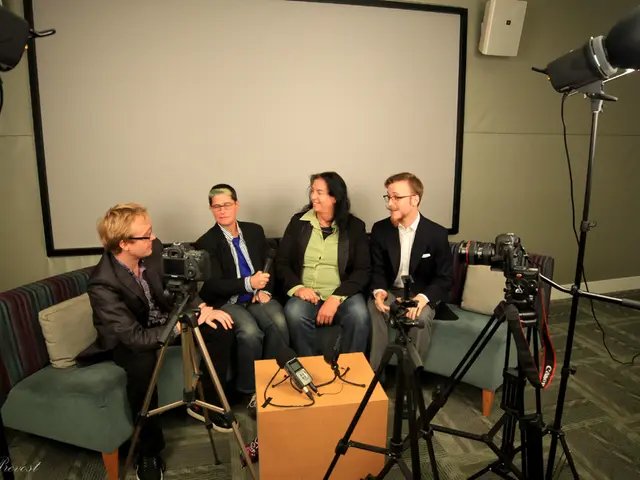A Usability Engineer is an individual who specializes in enhancing the user-friendliness and intuitive nature of digital products by focusing on user experience and interface design.
Usability engineers play a pivotal role in the world of User Experience (UX) design. Their primary focus is on finding problems in user interfaces and improving them to create more user-friendly products.
Key Skills of a Usability Engineer
A usability engineer's toolkit is filled with a variety of techniques to gather user insights and create effective designs. Their key skills include:
- User Research and Analysis: Gathering data through interviews, surveys, observation, and usability testing to understand user needs and pain points.
- Wireframing and Prototyping: Creating blueprints and interactive models to test design concepts early and facilitate communication among teams.
- Information Architecture: Organising and structuring content logically to ensure intuitive navigation and easy information retrieval for users.
- Usability Testing: Validating designs by observing real user interactions to detect problems and refine solutions.
- Communication: Presenting design ideas clearly to stakeholders, collaborating with cross-functional teams, and translating user insights into actionable design decisions.
- Design Thinking and Human-Centered Design Expertise: Applying user-centered methodologies to keep user needs central throughout the design process.
- Basic coding knowledge (e.g., HTML/CSS): Helps in understanding technical constraints and communicating effectively with developers.
Key Characteristics of a Usability Engineer
Beyond technical skills, usability engineers possess certain characteristics that make them effective in their roles. These include empathy, critical thinking, and collaboration.
- Empathy: Understanding and appreciating user perspectives and challenges.
- Critical Thinking: Analyzing data and feedback to iteratively improve designs.
- Collaboration: Working closely with product teams, developers, and stakeholders to align on goals and technical feasibility.
Responsibilities of a Usability Engineer
The responsibilities of a usability engineer are diverse and far-reaching. They include:
- Designing and conducting comprehensive user experience research plans.
- Developing wireframes, prototypes, and mock-ups to visualise and communicate design concepts effectively.
- Leading usability evaluations and iterations based on findings to enhance product efficiency, functionality, and user satisfaction.
- Providing clear, actionable design deliverables and guidelines to development teams for implementation.
In summary, a Usability Engineer applies a blend of research, design, testing, and communication skills to ensure digital products are intuitive, effective, and aligned with user needs throughout the UX design process. Their work is crucial to the overall user experience design, helping to create products that are not only visually appealing but also easy to use and meet the needs of the end-users.
- Apart from technical skills, a Usability Engineer in the field of education-and-self-development, particularly online-education, uses UI design to improve learning experiences by creating interfaces that are user-friendly, effective, and easy to navigate.
- To enhance user experience, a Usability Engineer employs techniques like user research and analysis, usability testing, and design thinking, ensuring that technology is used in a way that best serves the needs of the learners.
- A Usability Engineer's role extends beyond just the design phase, as they collaborate with developers to implement solutions, ultimately leading to a more seamless and efficient learning process that fosters better understanding and retention.








